How to set up a smart home – everything you need to know to modernize your property without creating an eyesore
The latest technology really is designed to make life easier, transforming the way we use all our electrical services and putting control at our fingertips


Home automation is no longer a sci-fi fantasy of the future – it’s here now, and the good news is it’s practical, easy to use, and a bit smarter than you might expect.
Whether you're looking for the latest smart home must-haves or you want to create a fully digital home with smartphone-controlled lights and voice-activated thermostats, it can seem quite overwhelming, especially to those who are less tech-savvy than others.
Knowing where to start can be the hardest part, but luck is at hand. We've put together a beginner's guide to creating your very own smart home.
How to set up a smart home
These are the basics of setting up a smart home – you won't need to invest in everything at once unless you are tackling a home renovation, in which case it's worth integrating smart home tech trends into your design plans. Many elements of smart tech can also be retrofitted.
1. Make sure your Wi-Fi is up to scratch
The first thing you need to make sure is that you have a strong wireless connection, so whatever smart home devices you use aren’t affected by patchy Wi-Fi spots. And with more and more of us working from home, responsive broadband is a must for all those Zoom, and Google Meet calls.
This may involve investing in a Wi-Fi booster or extender, which can help expand the range of your wireless network. However, if the internet connection entering your home is already slow, or if the booster is too far from the router, it may be disappointingly ineffective. So, contact your provider to see what they can do – or suggest – to help you before spending any money.
2. Invest in a virtual assistant
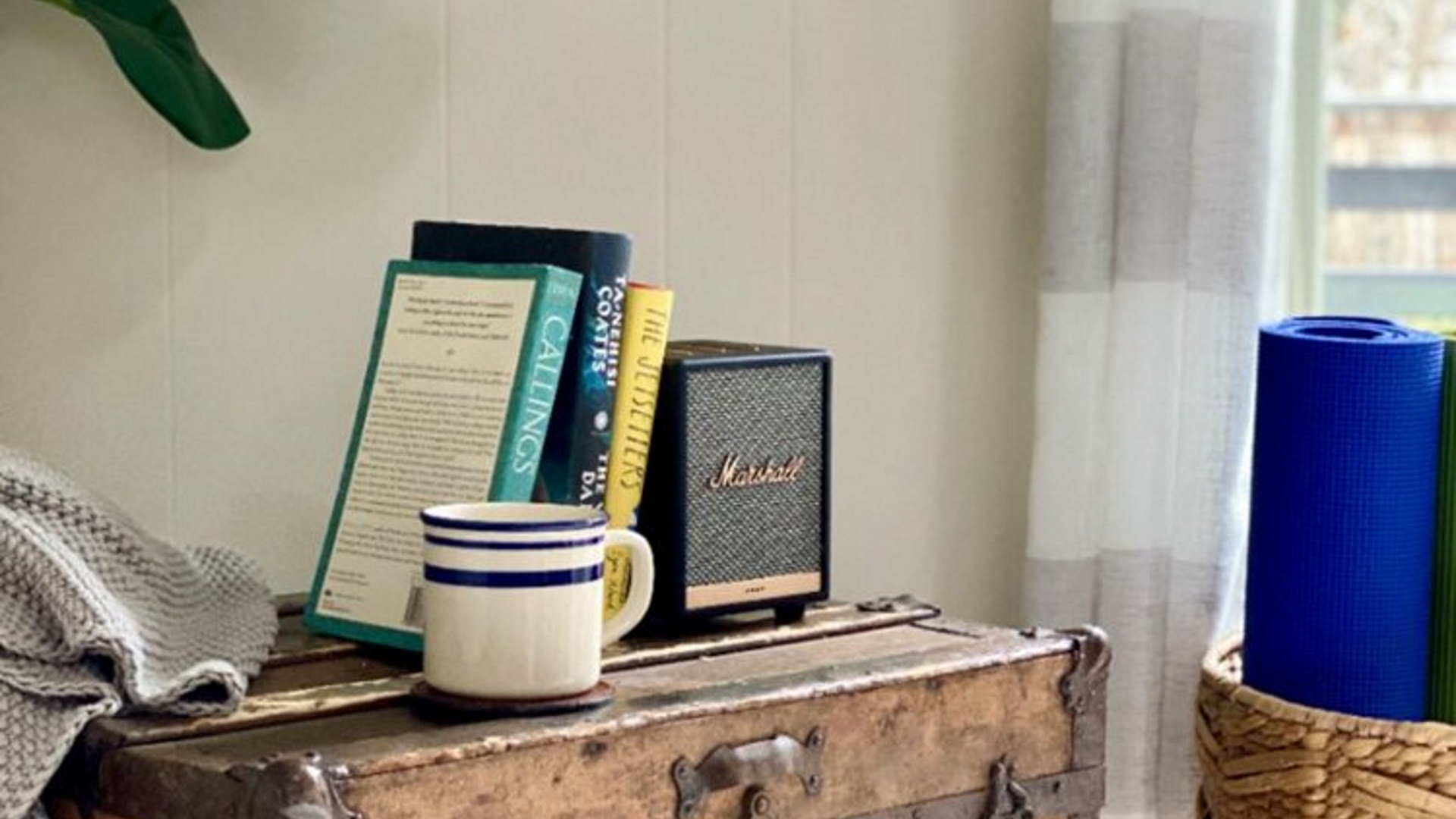
This is the perfect place to begin as the smart speakers can allow you to control other smart devices with simple voice commands. There are several popular smart speakers available on the market with each having its own benefits, and if you understand how to use AI at home, you can make them work for you without even a voice command.
Design expertise in your inbox – from inspiring decorating ideas and beautiful celebrity homes to practical gardening advice and shopping round-ups.
Each speaker listens to your instructions on command and can be set up to operate many features around the home from lighting and thermostats to security cameras. Not only are the devices useful within our four walls but are also helpful for organizing personal and family schedules. The speakers can create, edit, and remind you of events on your calendar, monitor your work commute and audibly run through recipes with you step by step.
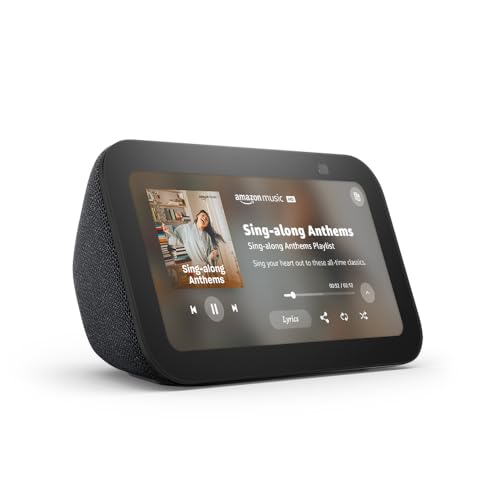
The Echo Show 5 combines the power of Alexa with a 5.5" smart display, letting you watch shows, stream music, check the weather, control smart home devices, and make video calls – all in one compact device. With improved sound, a built-in camera, and photo display features, it keeps you entertained, connected, and in control at home or on the go.
3. Set the scene with a smart lighting system

Smart lighting is not only one of the most affordable smart home devices but it can also be quite easy to set up – whether you buy a smart light, have your lighting mains wired to respond, or simply fit smart lightbulbs into existing fittings.
Once in place, you just need to connect them to your smartphone via the dedicated app, after that, you can control the lights as and when you see fit. They allow you to schedule your lights, arrange them to turn on or off at specific times, and make the house look naturally occupied when you’re away.
Best of all, most smart bulbs consume less energy than regular light bulbs making them more energy-efficient and financially friendly in the long run.

Elevate your home lighting with this 3-pack of Philips Hue White & Color Ambiance smart bulbs. Enjoy millions of colors, dimmable light, voice control, and preset scene. Plus unlock advanced features like remote access and automations with the Hue Bridge.
4. Stay secure with a video doorbell
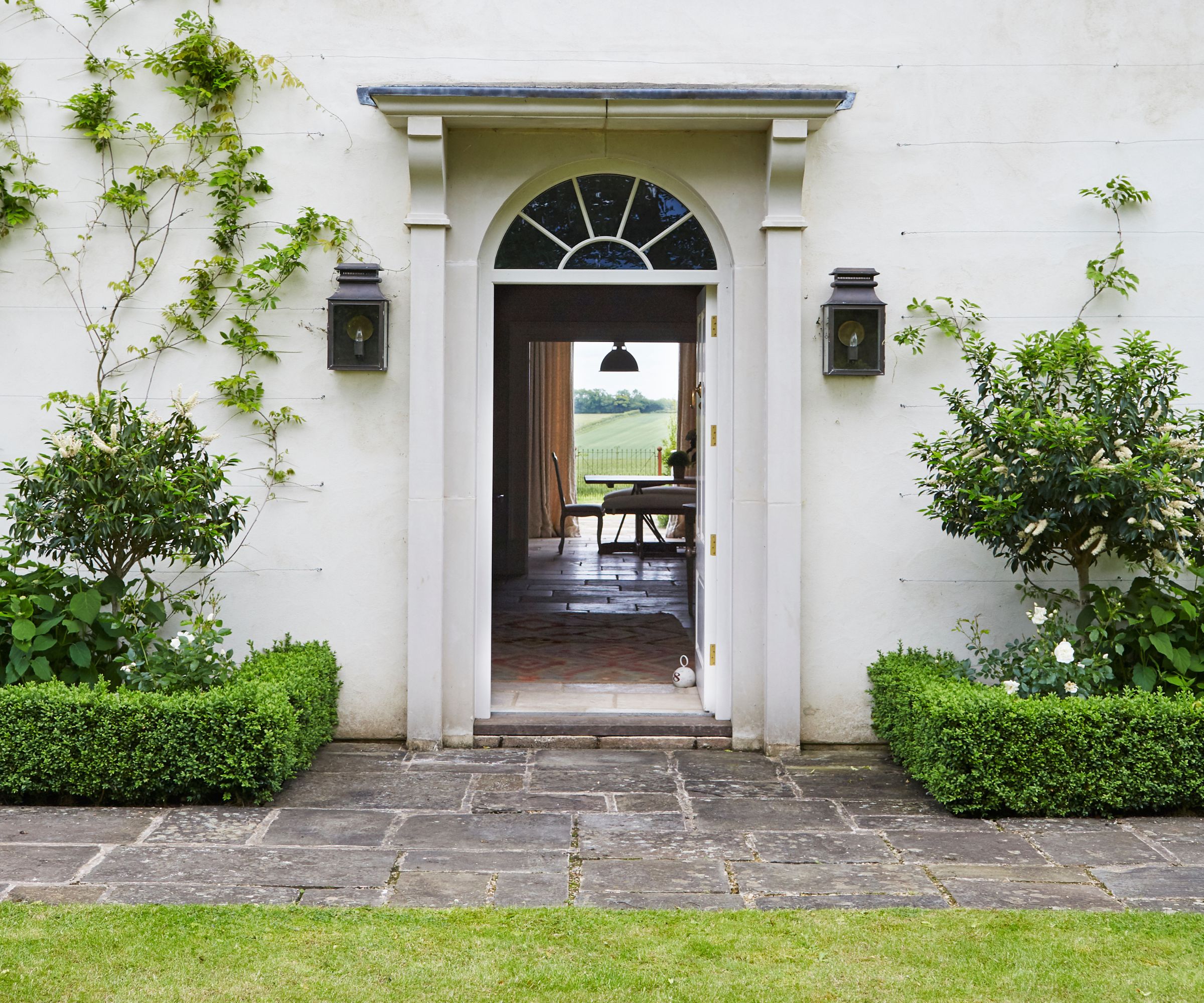
If you’re looking to amp up your home security, a video doorbell, such as the Ring, can offer just this.
These devices allow you to see who is at your door and talk to them in real time, even if you’re not at home. They work like a traditional doorbell but also alert homeowners on their phones via an app where video surveillance and recordings can be found.
Being connected is essential to get the most out of what a video doorbell offers. Many work seamlessly with Alexa, Google Home and more, so you can bring up the live feed on your smart display or make your speaker double as a chime.
Another genius way some video doorbells can integrate with a wider smart home is by acting as a trigger for certain actions, with a ring signal to devices such as smart light bulbs, other cameras and speakers.
For example, if you struggle to hear a chime, changing the lights in the room will signal that someone is at the door. It’s also great for safety – activating flood lights will help you better see what’s happening when motion is detected.
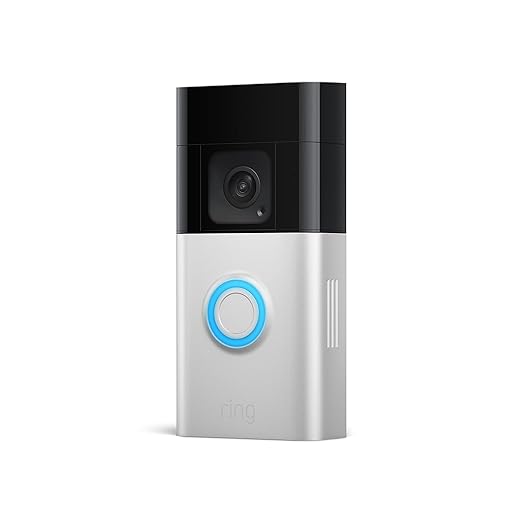
Keep an eye on your doorstep with the Ring Battery Doorbell Plus, featuring Head-to-Toe HD+ Video, Color Night Vision, and motion detection for full day and night awareness. With easy installation, a rechargeable battery, and an optional Ring Home subscription for Person + Package Alerts and video storage, it pairs seamlessly with Alexa for real-time communication.
5. Add extra protection with a smart lock

High-tech, super-secure ‘smart’ locks have been the preserve of spy thrillers for years, but now they’re available in reality – and at prices that will allow you to install one on your own front door.
The latest locks off keyless entry using your smartphone, fingerprint, or keypad, as well as the ability to open the door remotely and grant access to people on specific days – it is a smart gadget that works hard for your home.
Wireless devices can be hacked, of course, but the best smart locks are protected by bank-grade encryption and are constantly kept up to date.

The Nest x Yale Lock is a tamper-proof smart lock that replaces your existing deadbolt, offering keyless entry with a responsive LED keypad. Control access from anywhere using the Nest App, create custom passcodes for guests, and enjoy secure, convenient front door access without the need for keys.
6. Keep warm (or cool) with smart thermostats
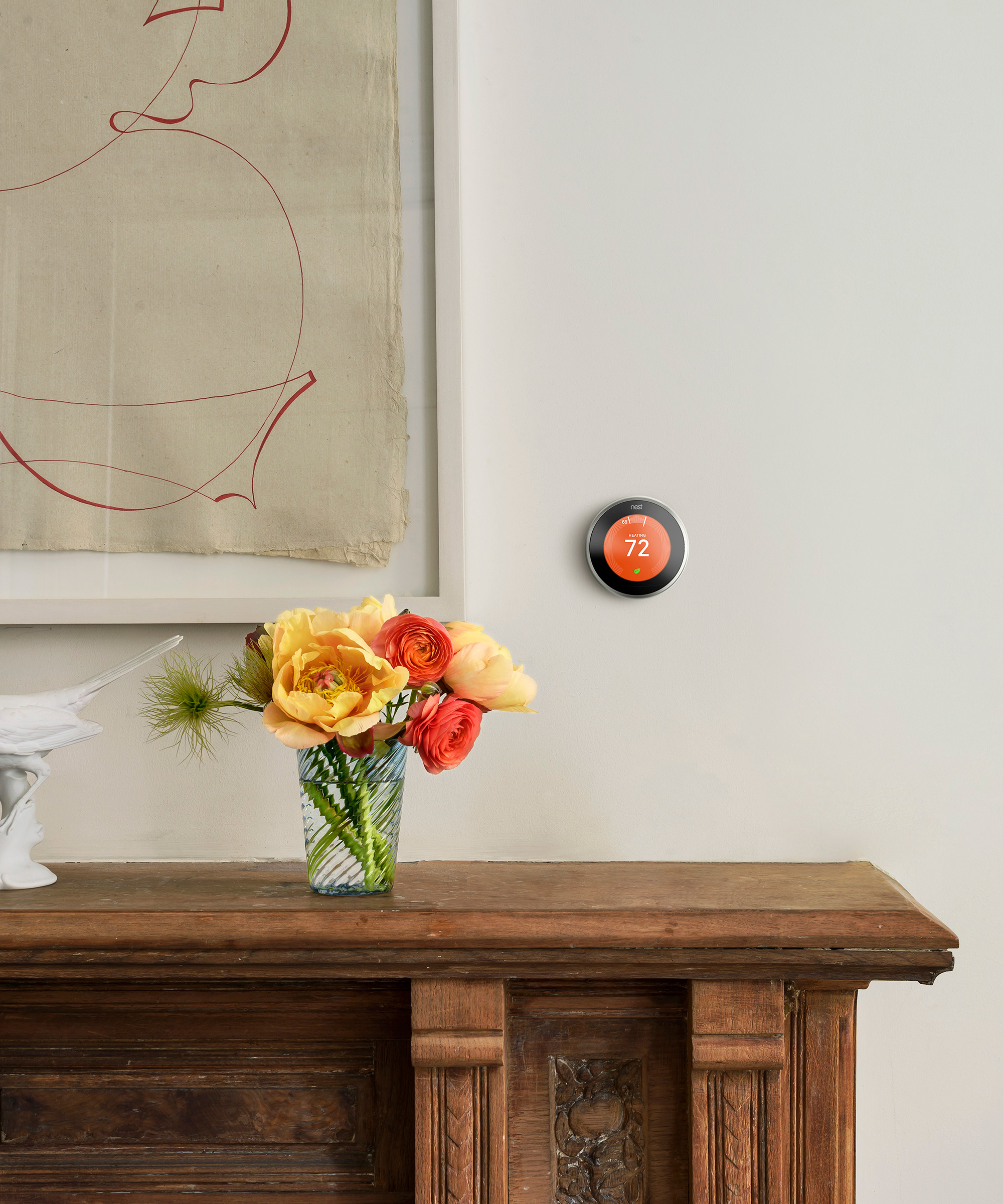
Smart thermostats, such as the Nest or Tado, are not only useful but can also help save money in the long run, with some users saving an average of 31% on heating costs.
Easy to operate, these devices establish a schedule for the home’s temperature based on when you and your family need it. The product can inform you about your energy usage and its associated costs, making it simple to monitor your home’s energy expenditure.
In addition to cost monitoring, the device detects when you and your family are at home, so if you forget to turn off the heating, you can rest assured that your smart thermostat has you covered.
7. Install smart plugs
Setting up a smart home on a budget is easily done and all you need are smart plugs – Amazon's smart plugs are a great go-to. They can turn your regular appliances into smart devices without completely re-wiring your home or buying brand-new appliances.
This is a far less expensive way of starting the transition to the new age of living. You can then also connect your smart plug to your smart speaker, so you can control your appliances with voice commands.
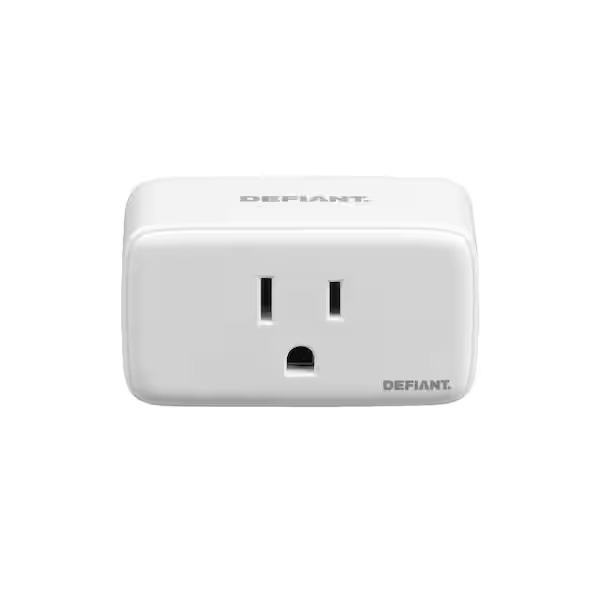
The Defiant Smart Plug offers Wi-Fi and Bluetooth control for your lights and appliances. Use the Hubspace app or voice commands to turn devices on/off, set schedules, and manage your home from anywhere, all with a compact design that won’t block other outlets.
Adding smart gadgets around the home might seem like a recipe for an energy crisis, but they can actually lower your electricity usage. You'll be so glad you set up a smart home, and only wish you started sooner.

Jennifer is the Digital Editor at Homes & Gardens, bringing years of interiors experience across the US and UK. She has worked with leading publications, blending expertise in PR, marketing, social media, commercial strategy, and e-commerce. Jennifer has covered every corner of the home – curating projects from top interior designers, sourcing celebrity properties, reviewing appliances, and delivering timely news. Now, she channels her digital skills into shaping the world’s leading interiors website.